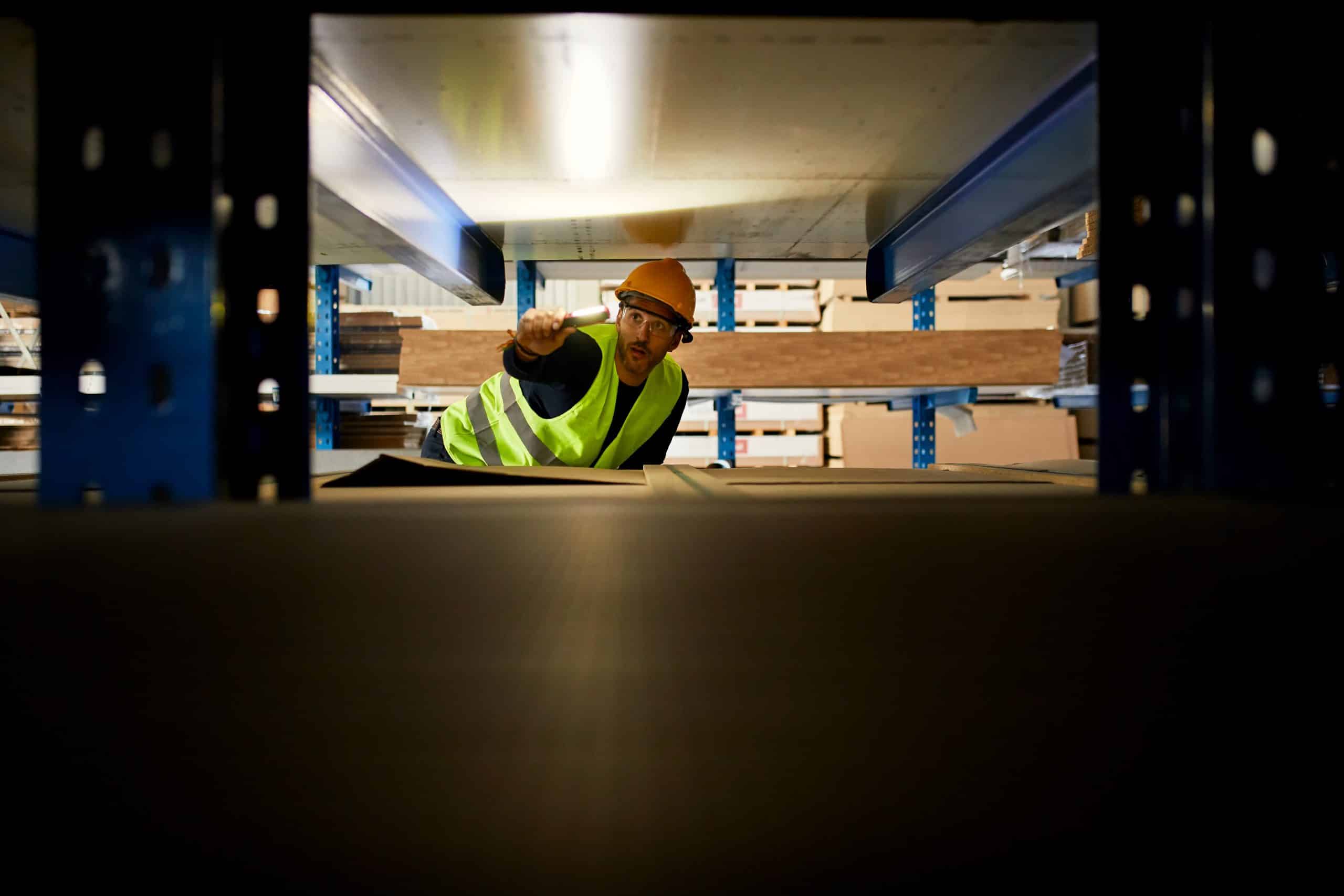High-Risk At Work: 8 Industries With Maximum Workplace Mishaps – Guest Post

Workplace safety is an issue that requires full attention and vigilance by business owners. You can imagine the threat from the number of workplace accidents occurring in the US every year. Did you know that 2.8 out of 100 American workers are injured in workplace mishaps every year? That’s gross, right?
Many industries strive to provide safe and healthy workplaces. However, there are some places which are more prone to hazards. These are the areas where workplace mishaps are waiting to surprise you. The inherent risks are higher in some domains than others. We will highlight some industries with the highest number of workplace mishaps.
Here is a list of the country’s most dangerous workplaces, where safety is not just a goal but a lifeline.
Manufacturing
The manufacturing industry is a driving force of creativity and the production of diverse goods. However, it is also high on the list of accidents at work. Heavy equipment, sharp instruments, dangerous materials, and a demanding production environment are all hazards for workers in manufacturing facilities.
Accidents can happen before you even realize the danger. Mishaps may even lead to severe injuries or death. Common hazards include machine failures, exposure to chemicals, and trips and falls.
Fleet and transport
Fleet and transportation workers are the lesser-known heroes of the road. But they also face serious risks daily. Truck drivers, carriers, and public transportation employees frequently work long hours, navigating hazardous road conditions and dealing with exhaustion.
Accidents may occur due to several factors, such as driver distractions, hazards on the road, and inclement weather.
Construction
Workers in the construction industry are perhaps at the highest risk. They work at great heights, operate heavy machinery, and get exposed to dangerous substances. Construction sites are rife with hazards ranging from scaffolding accidents to electrical failures.
Employers must know how to prevent accidents in the workplace before anything else. They must also ensure that workers are protected by safety measures such as fall safeguards and protective equipment.
Mining
Mining activities involve the extraction of precious minerals from the earth. It is often performed in challenging conditions deep underground. The mining industry is rife with dangers such as collapses, gas leaks, and exposure to hazardous dust and chemicals.
Being in confined spaces poses a risk to miners, and accidents can be disastrous. Security measures such as proper ventilation, machinery servicing, and emergency response plans are vital.
Oil and gas extraction
The natural gas and petroleum industries support the worldwide economy, but they aren’t the safest to work in. Workers in this industry face the inherent dangers of obtaining fossil fuels.
These include explosions, fires, and toxic substances. The high-pressure areas and extreme temperatures on oil rigs pose significant dangers.
Agriculture
Agriculture is another industry where people constantly face workplace hazards. Farmworkers use dangerous machinery accidents and bear the brunt of exposure to chemicals. Furthermore, the agricultural sector has one of the nation’s highest rates of catastrophic workplace injuries.
Workers and farmers must prioritize using safety measures. These may include wearing protective clothing, using appropriate machinery for agriculture, and acquiring knowledge of how to use chemicals safely.
Healthcare
Healthcare may not be associated with traditional workplace hazards. But any mistake can have serious repercussions. Healthcare professionals, such as physicians, nurses, and other support team members, are prone to workplace mishaps. These may include vulnerability to infections, needle injuries, and workplace assault.
Patient safety is paramount, but employee safety should also not be undermined. Healthcare providers must receive extensive training and adhere to strict infection prevention protocols.
Forestry and logging
Working in the logging and forestry industry entails working with heavy machinery, cutting down trees, and performing duties in harsh and remote environments. Accidents such as slipping trees, machinery failures, and chainsaw operating injuries can result in serious injuries or fatalities.
The daunting part is that these mishaps may occur in remote areas, where help may not be available right away. It adds to the perils of the injuries to these workers.
Conclusion
Although these industries are diverse in nature, they all have a common need for stringent safety measures to reduce workplace mishaps. Safety protocols are not an option but mandatory for safeguarding the health and well-being of workers in these high-risk industries.
Employers, workers, and regulatory bodies must all work jointly to decide on them. They must implement security rules, offer thorough training, and continually improve practices to reduce accidents and fatalities. With these measures in place, thousands of precious lives in the world can be saved every year.


Recent Comments